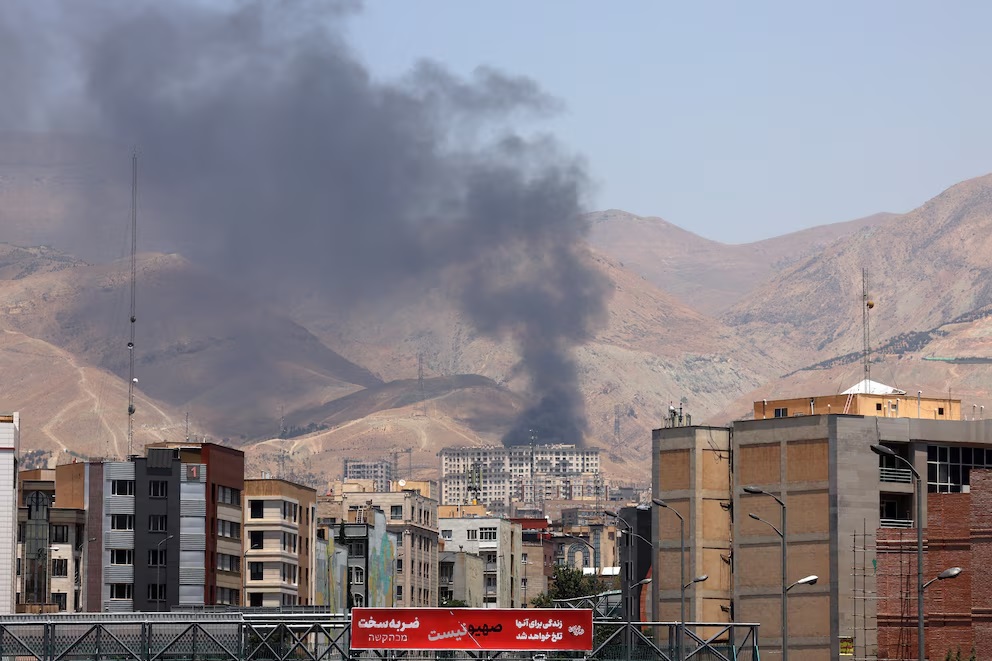A growing group of scientists is advocating for the installation of a synchrotron somewhere in the geographic region of the Greater Caribbean and is seeking economic, technical, and logistical support. The group is international and includes researchers from the Polytechnic University of Valencia (UPV).
“The project in which we are collaborating has the title LAMISTAD (Latin American International Synchrotron for Technology, Analysis and Development) and its goal is to make the Greater Caribbean Light Source a reality. In the world of science, large facilities not only lead to revolutionary discoveries, but also contribute to the development of high capabilities.” And equality between regions: where they are built, job opportunities, skills improvement, progress in key infrastructures.Pedro Fernández de Córdoba, researcher at the University Institute of Pure and Applied Mathematics and professor at the Higher Technical School of Industrial Engineering of the UPV.
Within these large facilities, synchrotrons have great potential in both the scientific and industrial sectors. Among others, they are essential in areas such as condensed matter physics, the study of materials, the development of new medicines and vaccines, as well as the characterization of soils and biological processes.
However, access to these infrastructures is uneven across the world, and low- and middle-income countries, especially in the greater Caribbean and Africa, face significant challenges in utilizing these cutting-edge scientific tools. “It is precisely a matter of trying to reduce this gap and take full advantage of the scientific potential of these areas for which we are developing the LAMISTAD project,” adds Juan Ángel Sans, researcher at the Institute for Automated Manufacturing and Production Design and professor. At the Higher Technical School of Aeronautical Engineering and Industrial Design (ETSIADI) of the UPV.
The work of Pedro Fernández de Córdoba and Juan Ángel Sans focuses on the technical part of the project, as well as strengthening communication procedures; Among them, they are part of the team preparing a proposal that will soon be submitted to UNESCO to obtain its support for this project.
It is also worth noting the participation of Victor M. Castaño, on behalf of the National Autonomous University of Mexico (UNAM), and Galileo Violini, Honorary Director of the International Physics Center in Bogota, Colombia.
“The path towards building the Greater Caribbean Light Source will not be easy, but its completion could represent an important step towards equal access to science, technology and regional development. However, to make this vision a reality, strong support will be necessary from both the scientific community and And policymakers and international organizations dedicated to the advancement of science and technology,” adds Pedro Fernández de Córdoba.
Juan Ángel Sans and Pedro Fernández de Córdoba. (Image: UPV)
New synchrotron in Latin America and in relation to Africa
Currently, Latin America already has a synchrotron, specifically in the city of Campinas in Brazil. The infrastructure promoted by Lamistad will be complementary and will allow problems closer to the region to be addressed, for example, for studies in the field of agriculture, archaeology or cultural heritage.
In addition, the Lamistad Project is establishing synergies with the African Light Source Initiative, which seeks to establish an African synchrotron facility. “The foundations are being laid for communication between Africa and Latin America to strengthen these facilities in both regions of the world,” adds Juan Ángel Sans. (Source: UPV)





